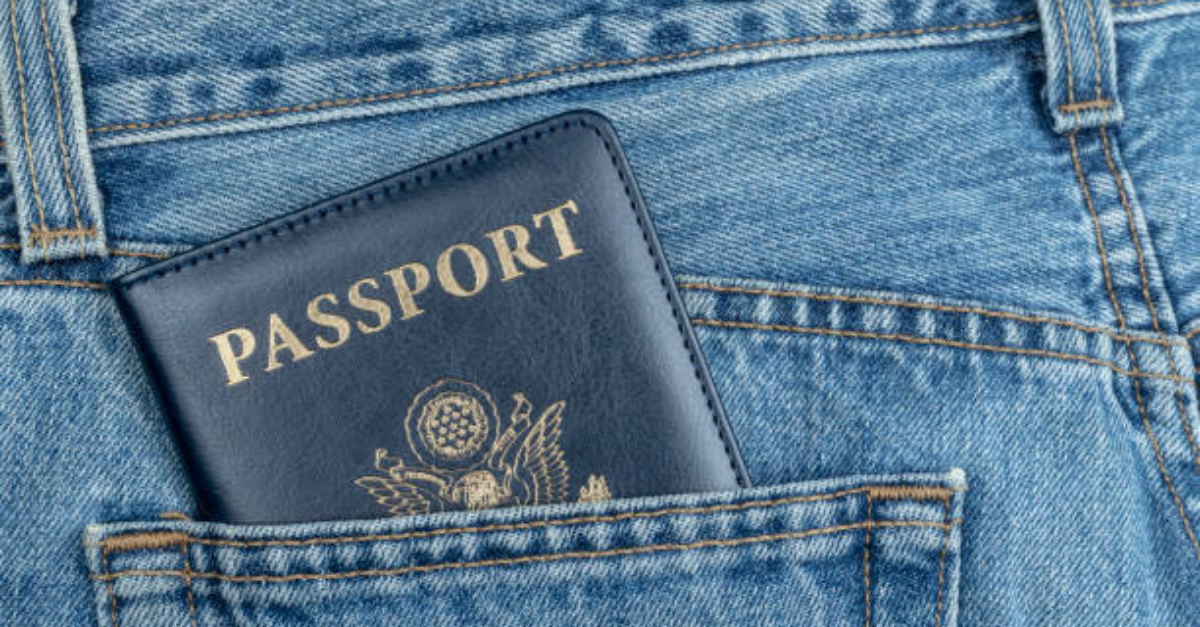This summer I attended a workshop by Lucy Blackley from Bombiix, who talked about her journey as the founder of a product software brand, in addition to ethics and sustainability around manufacturing. Within this, there was a key topic of discussion – Digital Product Passports (DPPs).
Until that point, I had never heard of a Digital Product Passport, even though in the coming years (by 2027) products sold in the EU will need one.
What started as a compliance chat quickly turned creative, prompting me to consider how brands should position themselves now before DPPs become mandatory.
What is a Digital Product Passport?
A Digital Product Passport is a digital record that details everything from materials and manufacturing origins to carbon footprint and repairability.
Accessible via a QR code or similar technology, it allows consumers and regulators to instantly see verified data such as:
- Product composition and material sources
- Manufacturing and supply chain details
- Environmental impact (CO₂, water use, recyclability)
- Ethical audits and certifications
- Care, repair and end-of-life instructions
How to communicate DPPs in your marketing and PR
For marketers, Digital Product Passports present a valuable opportunity to bring transparency and sustainability to life. Brands can use DPPs as storytelling tools and proof points that strengthen reputation, trust, and loyalty.
Start by educating your customers – many of them won’t know about or understand what a DPP is or why it matters. Use your brand’s blogs, social media content, video and PR materials to explain it clearly.
Show how your brand is preparing for this shift, whether that’s mapping your supply chain, investing in traceable materials, or partnering with digital solutions like Bombiix to future-proof your processes.
For tips on how to communicate sustainability responsibly to your audience, see our blog: (“Why words matter when talking about sustainability”).
From a PR perspective, DPPs could be part of a positive message and are a reliable source of material. You can use the data they provide to highlight your commitment to sustainability.
The bigger picture – proof of sustainability
The introduction of Digital Product Passports shows a shift towards greater transparency – so that brands claiming to be sustainable and ethical can prove it. And the brands who may have been greenwashing will now have to be more transparent about how their products are manufactured and their life cycle.
DPPs will essentially bridge the gap between marketing and manufacturing – helping brands share a product journey with customers, and prove not just what they sell, but how and why they do it.
You can also find out more information about them on the official website of the European Union.
